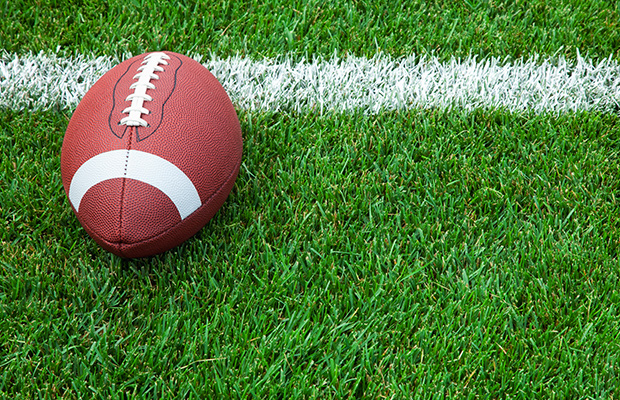Tuesday, Aug. 24
August 24, 2010Thursday, Aug. 26
August 26, 2010Here’s a few signals that I thought you might need to know when watching your favorite team this season:
Safety: When a team is tackled inside their own end zone. The end result of the play is two points scored for the unit delivering the safety, as well as possession of the football. The official’s signal for this rare occurrence is similar to a touchdown, except he brings his arms together, rather than keeping them parallel. No, he’s not pretending to dive into a swimming pool, we promise.
Unsportsmanlike Conduct: New LHSAA rules mandate that more occurrences fall under the “unsportsmanlike” label. For instance, any player using a curse word could automatically be given the penalty, no matter the context or whom the word is directed to. Touchdown celebrations that also get out of hand by the official’s discretion can also be flagged for this 15-yard penalty. When scoring, players are expected to celebrate only with their teammates, and not perform any action that could be considered unsportsmanlike toward the opponent in any way. The signal for this penalty is the official throwing his arms out and making a lower case “t” with his body.
Delay of Game: When an official crosses his arms on the playing field, he is not practicing his kumbaya or his meditation skills. What he’s doing is signaling for a delay of game, a 5-yard penalty that means the offense did not start their play fast enough. The big play clock on most fields in the Tri-parish area keeps track of the time remaining before the next play needs to begin. This penalty can also be given to a player who deliberately stops the flow of the game.
Official with a hat off: When a referee takes his hat off during a play, he’s not just getting some sun for his chrome. That usually means that a player stepped out of bounds on a punt play. Officials use this to keep track of the spot the player went out of bounds, because a penalty could be incurred if that player doesn’t make an immediate effort to get back into the field of play. A hat can also substitute for a penalty flag if a referee runs out of one of those on a given play.
Conversation between referee and receiver: Going to a game, one may observe the receiver and referee conversing in friendly banter before most plays. Line judges aren’t just overly friendly guys. What’s happening there is the wide receiver is asking the official if he’s on the line of scrimmage. With rules demanding teams have seven men on the line of scrimmage, giving a quick look to the referee as a “just in case,” is often necessary to avoid a dreaded illegal formation penalty.
“Half the distance to the goal”: When a team deep inside their own territory is penalized, the phrase, “half the distance to the goal,” is often heard. What this means is if the penalty yardage is more than half of the distance to that goal line, then the yardage assessed is half the distance to the goal line. For example, if a team commits a 5-yard penalty when they are at their own 4-yard-line, the penalty would be half the distance to the goal, which would put the football at the 2-yard-line.





